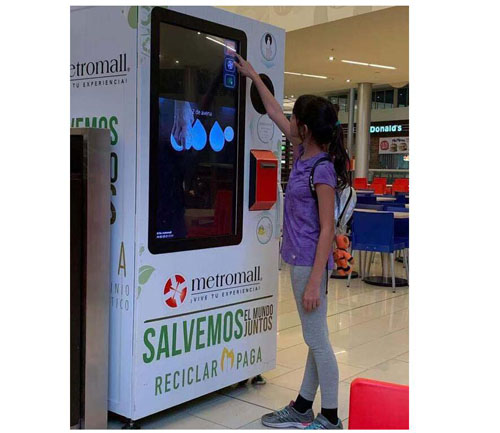Dec. 20, 2021
Plastic has become common because it is inexpensive and can be designed to have a wide range of properties. Plastic is strong but lightweight, resistant to degradation by chemicals, sunlight and bacteria, and is insulating and electrically insulating.
The chasing arrow symbol or resin code does not mean that the plastic container is recyclable. Most plastic containers are marked with a middle arrow symbol - 1 through 7. The number inside the arrow indicates the primary compound used to make the plastic container. Unfortunately, this symbol does not mean that the plastic container is recyclable. There are seven resin codes used within the chasing arrow symbol:
1. PETE polyethylene terephthalate is used in soda and water bottles. Please recycle.
2. HDPE High-density polyethylene is opaque and is typically contained in bottles used to store laundry detergent and milk. These are usually recyclable.
3. V Polyvinyl chloride (PVC) is found in plastic pipes, shrink wrap.
4. LDPE Low density polyethylene is used in the production of bags, cling film and plastic bags.
5. PP Polypropylene is used in yogurt buckets, ketchup bottles.
6. PS Polystyrene is found in polystyrene foam and is used in egg crates.
7. Other This category covers a large number of resin blends, including food containers (clamshells), polycarbonate for sports bottles, and bio-based plastics for compostable food containers.

Most municipalities collect #1 and #2 types of plastics, or plastic bottles made from PETE/PET and HDPE resins. These bottles are made using a blow molding process. Other types of plastics, #3 through #7, are made using injection molding or press molding processes and involve additives. Plymouth does not collect these plastics, which require different processing to be recycled, as well as different end markets. The market for #1 and #2 plastics (bottles) is stable and substantial. Markets for other plastics are currently rare and inconsistent. For these markets, it is cheaper and easier to start with new plastic than to collect sufficient types (correct color, no additives, no ink, etc.) than to use recycled plastic. Typically, #3 through #7 plastics end up being collected at the curb and must be removed at a recycling facility, which is expensive, and disposed of elsewhere. It would be easier and cheaper for residents to reuse these containers or dispose of them properly.
Flatten plastic bottles to help prevent litter and save space in recycling trucks.
You can also help by
△using reusable containers
△choosing products with less packaging
△buying in bulk
△purchasing products using post-consumer recycled materials
△putting only #1 and #2 plastics (bottles) in the recycling bin with other recyclable material